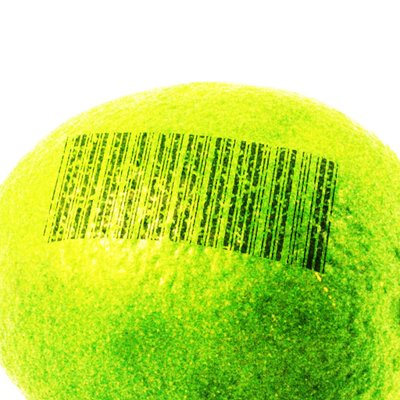My posts have been pretty light on the photos recently- this is mostly just because I haven’t been taking a whole lot of pictures, but even when I had plenty of pictures they were safely quarantined behind gallery rather than flowing freely over my blog and all that aggregate it.
I admit, this photo has been slighly retouched. It was necessary to carefully adjust the gamma and color levels on this image to accurately capture reality, as my poor camera is just not capable of registering the sheer depth of this house’s color. I would not be surprised in the least if this house inspired the entire visual style of Edward Scissorhands.
I crossed paths with an older man just after taking this picture. He mentioned to me that the couple responsible for building this lovely little monstrosity died within just a few months of each other, and the house is on sale for a mere $1.3M or so. Of course, nobody’s buying it because it sits just north of the intersection of Sunnyvale Ave. and El Camino Real- not a particularly quiet road.
In other news, I’m at the Intel Developer Forum today, yesterday, and tomorrow. VMware had some extra tickets, and apparently my job isn’t time-critical enough that anyone thought twice about sending me. I apologize for taking almost no pictures of this event. There’s been a lot of cool hardware and a lot of slides with timing diagrams and artists’ conceptions of CPU architectures. Compared to SIGGRAPH, it’s quite visually dull. My only photo to report at the moment is of the expo floor, during their geekyness-contest that mostly involved a time trial at assembling and confuguring various computers using Intel ™ Technologies ™.

The hilight of my experience yesterday was the pair of sessions on Wireless USB. I’ve heard mention of the WUSB standard for a while now, but this was the first time I’ve heard details on the architecture. It’s great seeing them preserve nearly all software compatibility with USB, while changing some fundamental aspects of the protocol to keep radio link utilization high. Best of all, there was a whole section on WUSB on the expo floor featuring a lot of very preliminary but funcional hardware. I can’t wait for my $50 wireless EZUSB development kit in a few years.
I spent most of my time today in virtualization sessions. For those of you who haven’t been following their latest hype, Intel’s next chipset includes an extension called VT-x which basically handles virtualization of the CPU itself in hardware. This means that instead of doing lots of very complicated dynamic binary translation, like VMware does traditionally, the hardware is engineered to place the virtual machine monitor software in a completely new privilege level and fairly quickly swap out the entire CPU state when switching VMs.
It’s neat stuff, no doubt, but it’s only a small piece of the pie. It’s just a little annoying to see nearly all of Intel’s demo machines running VMware, but very little mention of the nontrivial tasks the VMM still has to perform using software like ours. Even with hardware support for CPU virtualization, the VMM needs to virtualize memory and some if not all I/O devices. Intel has plans for virtualization beyond just the CPU itself, but it will be a long long time before that comes close to the level of support VMware already gives in software.
Ah well. I’m curious what the virtual machine monitor folks at VMware have been doing with all this. I’d like to say I have a lot of inside information that I can’t share with you, but I really don’t know much at this point that didn’t become public at IDF today. I’ve been over in I/O-emulation-land where little of this is going to matter for at least a couple years.

